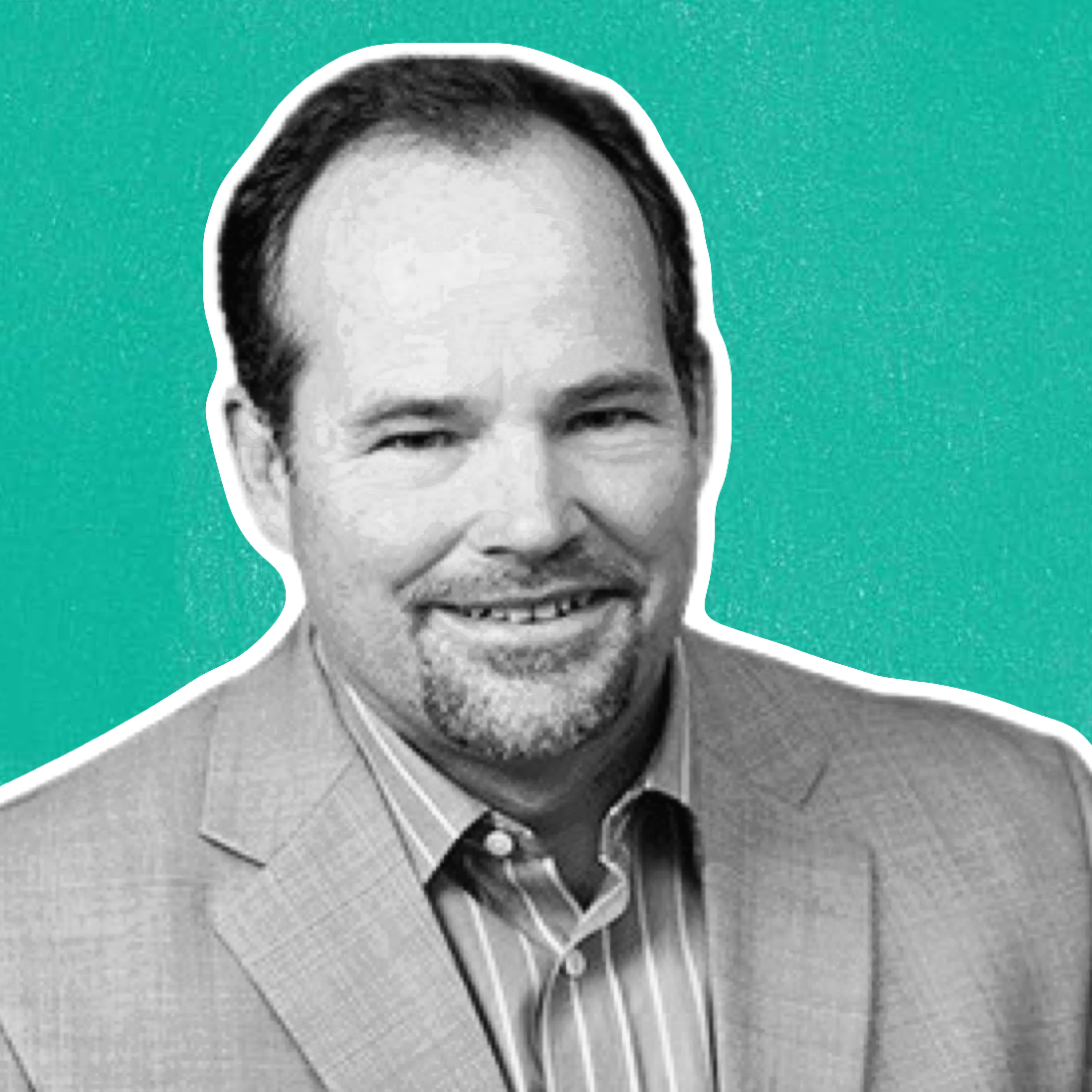Leaders today travel many intertwined paths. CEOs may choose to run for elected offices, while elected officials may turn to a nonprofit leadership role after their term ends. The overlap between leadership paths and the importance of understanding avenues to success is what inspired Kogod professor Mark Clark and School of Public Affairs professor Meredith Persily Lamel to write their book Six Paths to Leadership: Lessons from Successful Executives, Politicians, Entrepreneurs, and More, set for release on June 15.
Leaders often transfer their expertise in roles across sectors, a phenomenon that sets the DC workforce apart from other cities. At Kogod, students may gain skills to take home to a family business, apply to their future entrepreneurial endeavors, or accelerate their climb to the C-suites of corporate America. Whichever direction they choose, Kogod students are on a journey to join society’s changemakers.
The six paths to leadership examined in Clark and Persily Lamel’s book are promoted, externally hired, elected, appointed, founder, and family paths. Each path differs by opportunity and challenge, and while there are stark differences between them, there are also undeniable similarities. Leaders who understand the relationships between the paths will hold the key to a successful tenure.
“Organizations are more fluid as people travel between different sectors,” says Clark.
Kogod is perfectly positioned to help students navigate these shifting leadership roles because we’re a business school in a city where the public and private sectors merge and support one another."

Mark Clark
Kogod Professor and Coauthor
"Students that I’ve taught over the years come back as alums with stories of working in the private sector while serving the public sector—for example, at employers like Deloitte and Booz Allen. There is a real need from both a research and practitioner point of view to understand how leaders can succeed in many contexts. We examine that in our book.”
With professional backgrounds that combine corporate, public sector, nonprofit, and government experiences, Clark and Persily Lamel had a strong idea of how to start the research process for the book. “We had the experience of working with leaders in various walks of life, but we wanted to make sure that we were grounding this in current reality,” says Clark. “So we went through a thorough process of conducting interviews with leaders from each of the six paths.”
As Clark and Persily Lamel spoke with these leaders, they analyzed the commonalities and differences they heard, pulling out themes to illustrate each path. “It was incredibly reinforcing to have this idea, then talk with some folks who had traveled across the different paths who declared, ‘You are onto something here.’ That was very validating, and we were happy to hear that from leaders themselves,” says Persily Lamel.
The book includes quotes and anecdotes in each chapter–about ten per each path–highlighting common challenges and opportunities these leaders have experienced. The book also provides strategies and tools to help readers glean wisdom they can apply to their own practices.
American University’s own President Sylvia Burwell is one of the featured interviewees. Burwell has nonprofit and government experience, having worked at the Bill and Melinda Gates Foundation and as a high-level appointed leader in both the Clinton and Obama administrations. Readers may gather insight into Burwell’s career, seeing firsthand how her skills transferred across government and private sectors, ultimately preparing her for her role as president of the almost 130-year-old university.
Burwell’s and fellow interviewees’ stories provide the on-the-ground perspective readers need to prepare for the future and discover new ways to leverage past experiences. Understanding the common themes among these different leadership paths is crucial. There may only be slight differences in how to manage situations from one path to another, but these distinctions can make all the difference.
Handling timeframes is a recurring theme among the leaders’ discussions in the book. “For elected or appointed leaders, you have a limited time to get the job done right,” says Persily Lamel. “You might have a few years, but it’s like a ticking clock, and after that, you lose your opportunity to do what you intended.
“But,” she notes, “there are many of the same kinds of issue areas across paths. We went path by path and looked at the theme of timeframe, for example, and saw that, with family businesses, there is a generational shift over time with decades to really accomplish something. For companies that hire from outside instead of promoting within, there’s data out there that about 50 percent of them fail within the first year, so you have one year to really prove yourself.”
Six Paths to Leadership aims to heighten readers’ self-awareness while also offering tools and strategies that can be put into practice immediately. Clark and Persily Lamel crafted multiple guides for each path, including plans for network analysis, talent assessment, stakeholder analysis, family business narrative and governance, and much more.
“Readers will hear stories from leaders, learn from them, and grow while getting new ideas,” says Persily Lamel. “We’re very specific about the opportunities and challenges for each path, and in the book, we detail strategies that can work for leaders to manage their roles better.”
Get your own copy of Six Paths to Leadership: Lessons from Successful Executives, Politicians, Entrepreneurs, and More by pre-ordering ahead of the June 15, 2021, release date.
